Low-Maintenance Landscaping Ideas for Plano Texas
BY STUART KUSHNER | APRIL 11TH, 2023 | LAWN CARE, PLANO, TEXASDoing yard work in Plano’s sweltering heat is no fun. Here’s a solution: Transform your landscape with plants that are both attractive and require little maintenance.
Check out these low-maintenance landscaping ideas for Plano, and you may thank us for saving you time and aggravation.
In this article:
Native Plants
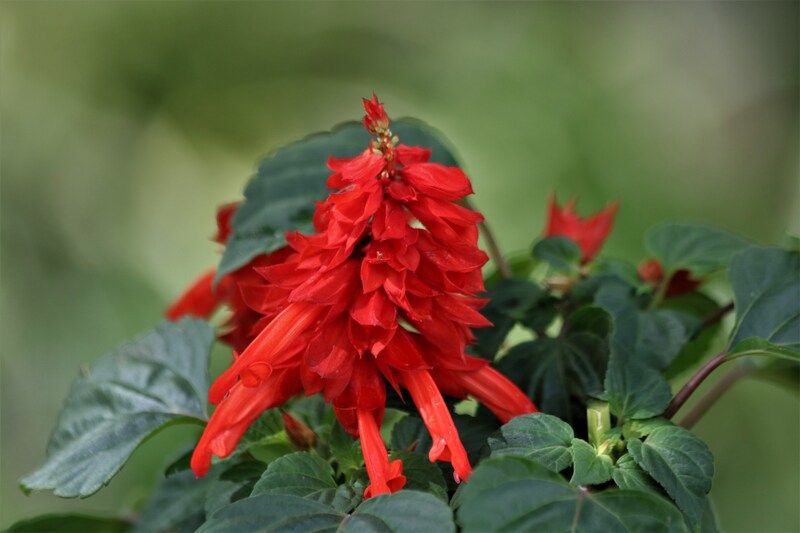
Photo Credit: Public Domain Pictures
If you want to maximize your garden’s beauty while minimizing the time you put into it, add some native plants.
Because they grow naturally in Plano, native plants are accustomed to its climate and soil conditions, making them more drought-tolerant and pest- and disease-resistant than non-native plants. They also attract pollinators like birds and butterflies, giving the critters a source of food and shelter, so everyone wins.
Some of Plano’s best native plants include:
- Mexican plum (prunus mexicana)
- Scarlet sage (salvia coccinea)
- Turk’s cap red (Malvaviscus arboreus var. drummondii)
- Blackfoot daisy (Melampodium leucanthum)
- Texas sage (leucophyllum frutescens)
Advantages of Texas native plants:
- They provide food and shelter for wildlife.
- They don’t require pesticides or fertilizers.
- They keep Plano’s ecosystem healthy.
Xeriscape Landscaping
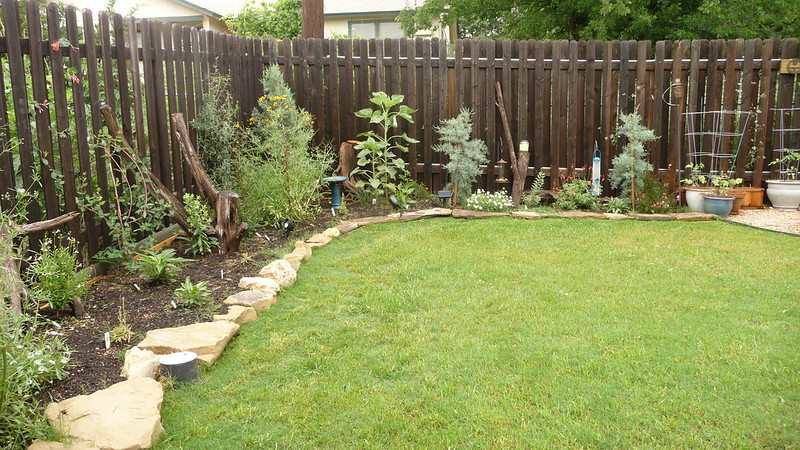
Photo Credit: Korye Logan / Flickr / CC BY-SA 2.0
Xeriscaping allows you to water your plants enough to keep your lawn healthy and lush but not to the point where you’re wasting water. As a result, you reduce water usage, lowering your water bill.
Xeriscaping incorporates seven principles:
- Landscape design: This lets you determine what water sources you need for your landscape and how to use them properly
- Soil analysis and improvement: Quality soil retains moisture, encouraging plant growth, but you need to understand what soils help plants thrive in your region.
- Picking the appropriate plants: You want drought-tolerant and aesthetically pleasing plants.
- Reduce turf: Since xeriscaping aims to reduce water waste, you want a small lawn. Steps include picking drought-tolerant grass or replacing your lawn with ground covers.
- Efficient irrigation: Use irrigation systems that water the roots and avoid sprinklers that water areas outside your turf.
- Use of mulches in your flower beds: Mulch prevents evaporation and weed growth.
- Appropriate maintenance: Pulling weeds, pruning shrubs and trees, and replacing the mulch help keep your xeriscape healthy.
Xeriscaping also involves water conservation tactics, such as mowing at the proper height and fertilizing once in spring and fall.
Advantages of xeriscaping:
- Reduces your water bill
- Increases property value
- Saves you time
- Reduces the need for chemical treatments.
- Decreases energy use and pollution
Low Maintenance Grasses
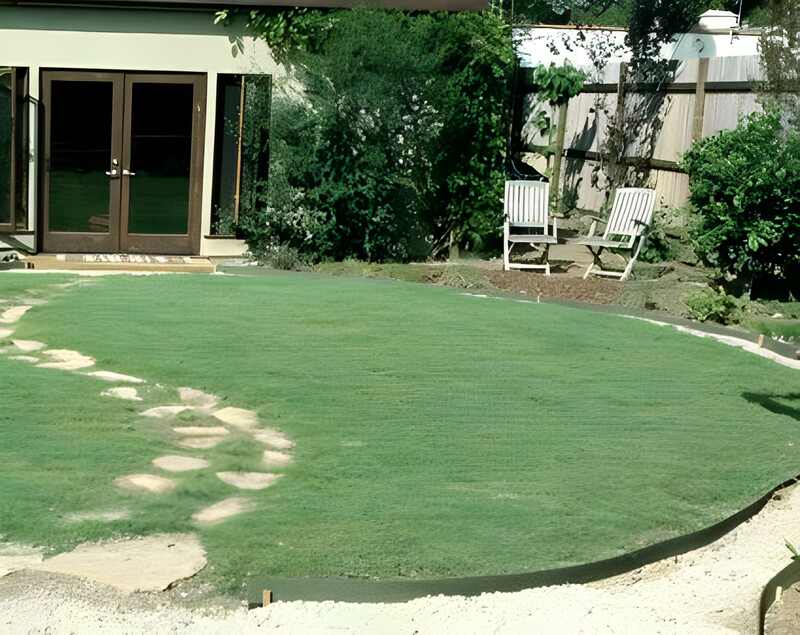
Photo Credit: Susan Harris / Flickr / CC BY 2.0
Low-maintenance, drought-tolerant grasses do well in Texas’ intense heat. The ones that work best in this environment are:
- Zoysiagrass: This grass is not only drought-tolerant but handles heavy foot traffic. However, it grows slowly, giving it poor recuperative potential.
- Centipedegrass: Centipedegrass performs well in acidic soils and doesn’t need a lot of mowing but doesn’t tolerate traffic and shade that well.
- Buffalograss: This warm-season grass handles diseases, mowing, and drought well but struggles in shade and heavy foot traffic.
Advantages of planting low-maintenance grasses:
- They thrive in your region’s climate
- They don’t need much water
- No extra fertilizers, herbicides, or pesticides
- Less mowing needed
Ground Cover
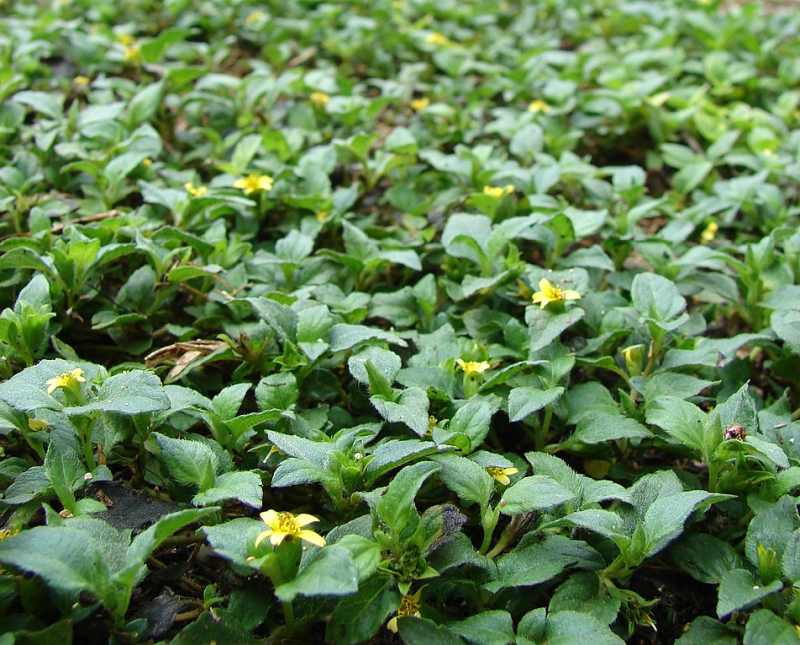
Photo Credit: Forest & Kim Starr / Wikimedia Commons / CC BY 3.0
Ground cover is an excellent alternative to grass. They are low-growing flowers and shrubs that crawl horizontally across the ground and are cheaper and require less maintenance than grass. Some ground covers include yellow stonecrop (sedum nuttallianum), straggler daisy (calyptocarpus vialis), and chisme (portulaca pilosa).
Advantages of ground cover:
- No need to mow your lawn
- Fewer weeds and pests
- Less water needed
- No need for fertilizer
Hardscaping
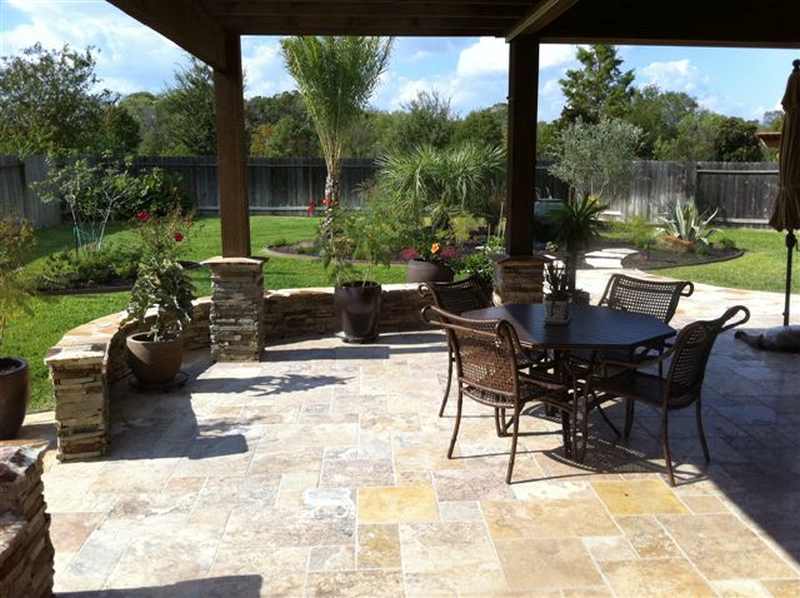
Photo Credit: Texas Custom Patios / Flickr / CC BY-SA 2.0
Hardscapes are any non-living elements in your yard. Their purpose overall is to improve how your outdoor space functions. For example, adding a fence or gate gives your space more privacy. Hardscapes also add value and curb appeal to your home. Imagine how your home would look to a potential buyer if its yard were covered in beautiful flowers.
Some examples of hardscapes are:
- Fireplaces
- Walkways
- Decorative boulders
- Decks
- Patios
- Gazebos
- Outdoor kitchens
- Rock gardens
- Stone pavers
- Water features
Advantages of hardscapes:
- Make your outdoor living space more functional
- Increase your home’s curb appeal
- Decrease lawn mowing and maintenance needs
- Fix grade problems
- Add some privacy
Need Help?
Implementing some of these low-maintenance landscaping techniques allows Plano homeowners to spend less time in the hot sun and more time doing what they love.
Call one of Wikilawn’s local pros, and we’ll happily do the work for you. If you have any questions about maintenance services, lawn maintenance, or lawn care, we’ll answer any questions you might have.
Main Photo Credit: Aldridge House / Michael Barera / Wikimedia Commons / CC BY-SA 4.0